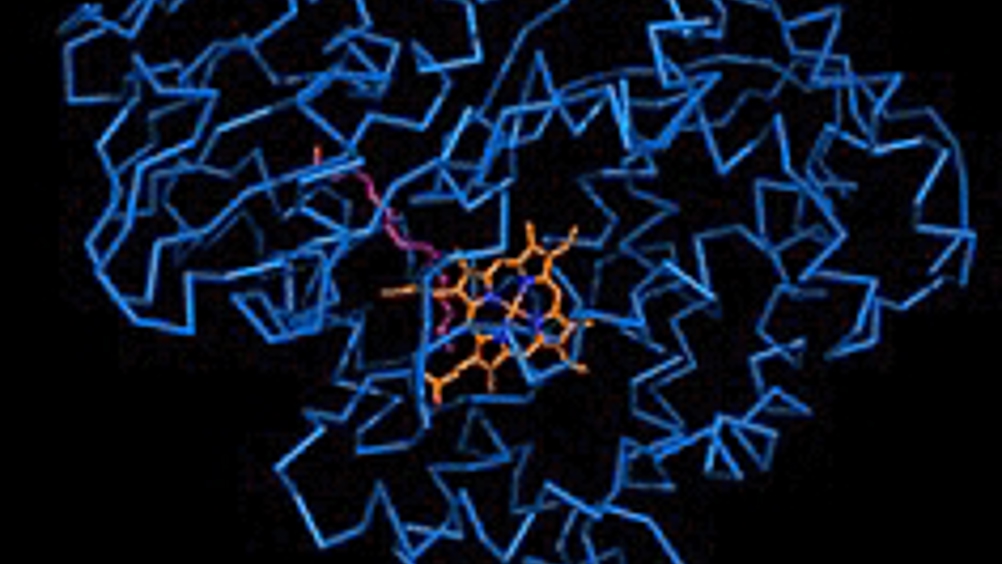Lasers measure energy transfer at molecular scale
Ultrafast laser equipment that generates intense pulses of light is being used by scientists to measure energy transfer at the molecular scale.

Scientists at the University of East Anglia (UEA) are using new equipment that is capable of generating intense pulses of light to measure how energy is transferred on the molecular scale.
By studying how energy is transferred in natural and artificial systems, such as proteins and molecular materials, the researchers hope they will be able to help design new molecular structures for nanomachines and solar-power collectors.
Steve Meech, professor of chemistry at UEA, told The Engineer: ‘We’re interested in molecular motors and the devices you need to absorb solar energy in order to transport it to a molecule that does the work.’
If the molecules are made in the lab then their structures are known.
‘What is not known is the relationship between the structure and the electronic couplings that drive the energy transport and those are the things we want to get to,’ said Meech.
The new laser will observe the very fastest reactions through 2D electronic spectroscopy experiments.
Register now to continue reading
Thanks for visiting The Engineer. You’ve now reached your monthly limit of news stories. Register for free to unlock unlimited access to all of our news coverage, as well as premium content including opinion, in-depth features and special reports.
Benefits of registering
-
In-depth insights and coverage of key emerging trends
-
Unrestricted access to special reports throughout the year
-
Daily technology news delivered straight to your inbox










UK Enters ‘Golden Age of Nuclear’
Apologies if this is a duplicate post - a glitch appears to have removed the first one: > While I welcome the announcement of this project, I note...